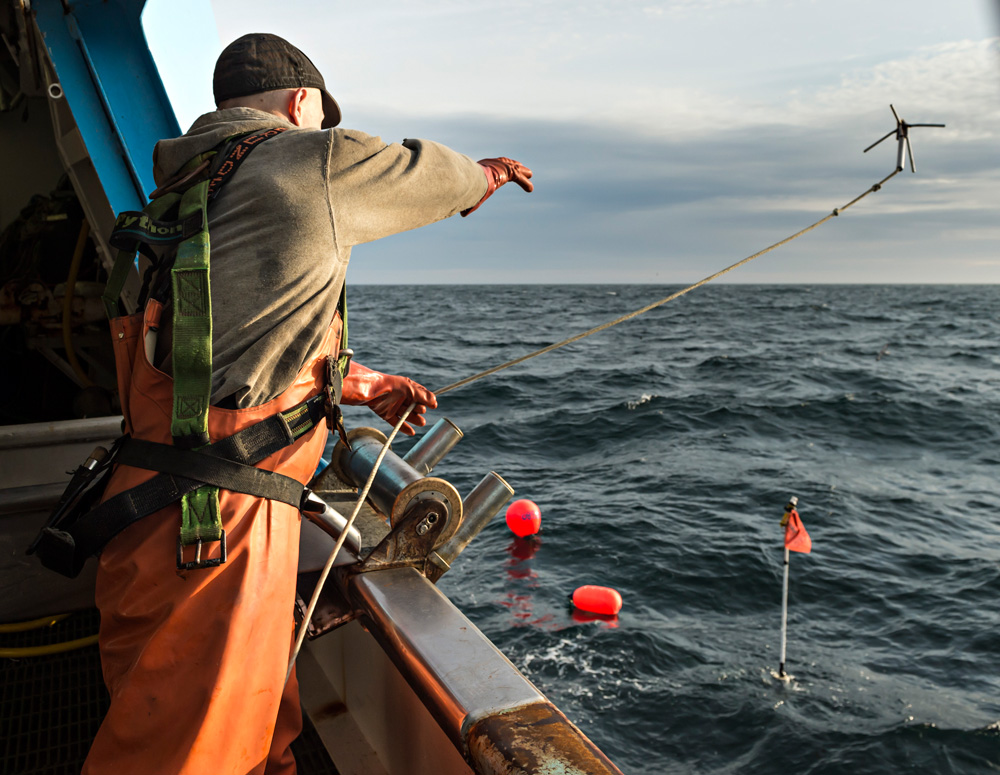King salmon caps, covid and stiff tariffs on the China end of business have stymied the Gulf of Alaska groundfish industry so far this year. As of March 26, trawlers targeting Pacific cod in the western gulf harvest area hit the hard cap of 3,060 kings.
Cod that have been scattered in their concentrations during winter form into tight schools as the calendar rolls toward March, but king salmon inhabit the same waters. Though the fleet can roll over unused caps from other fisheries, it wasn’t enough to warrant the continuation of the fishery. Trawlers will be able to fish on a new cap beginning Sept. 1.
Even if the fleet of about 40 shoreside-delivering vessels hadn’t hit the king salmon caps and had been allowed to fish later, covid conundrums and tariffs put the kibosh on moving product through processing plants and toward end markets.
“We don’t even have a flatfish market this year,” says Julie Bonney, executive director of the Alaska Groundfish Data Bank, in Kodiak. “The plants can’t sell it and make any money,” she adds. As of July 9, landings to plants in Kodiak totaled 4,060 tons. “We’ve caught 17,500 fewer tons than last year at this time,” she says.
According to the Federal Register, this year’s quota for the shallow water flatfish has been set at 50,481 metric tons, and the deepwater flatfish quota has been set at 68,010 metric tons.
On the covid end of business, large-scale processing plant closures in Dutch Harbor and at Akutan in winter prompted the groundfish industry to petition NMFS to open the rockfish directed fishery a month earlier than usual. The idea was that a longer season would offset periodic processing shutdowns and maximize the harvest potential for this year’s quota of 47,211 metric tons.
“It takes everything to make it work,” says Bonney of harvesting quota allocations in the rockfish complex. The petition was granted, and trawlers went after a rockfish quota that had been increased by 24 percent for this year.
“It paid off,” says Bonney. “Because of that, we got an extra 3,000 tons out of the water.”







